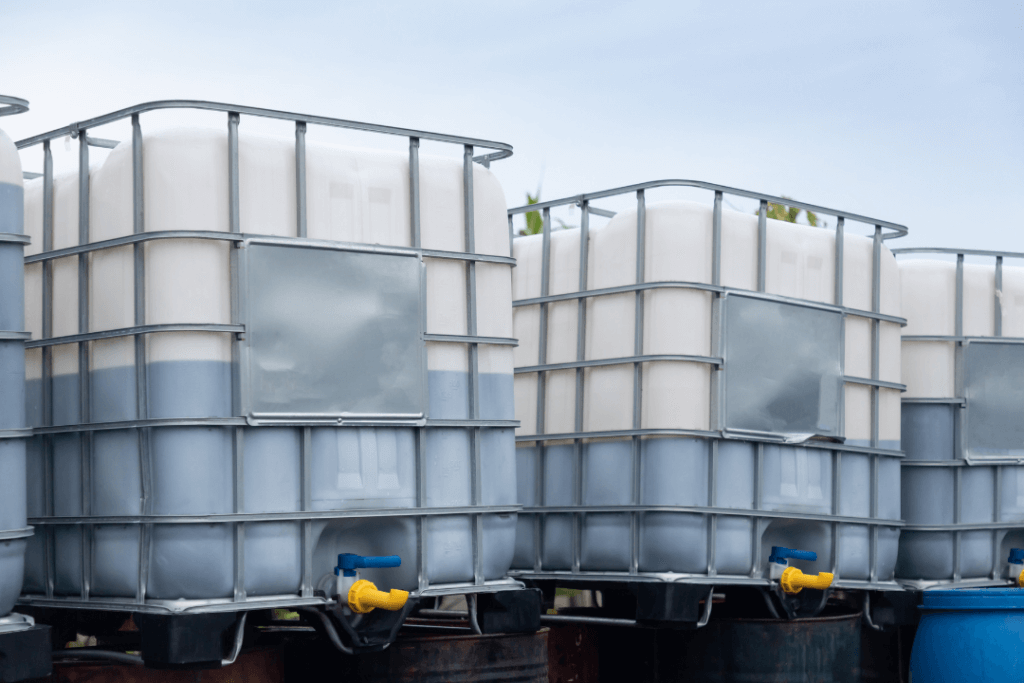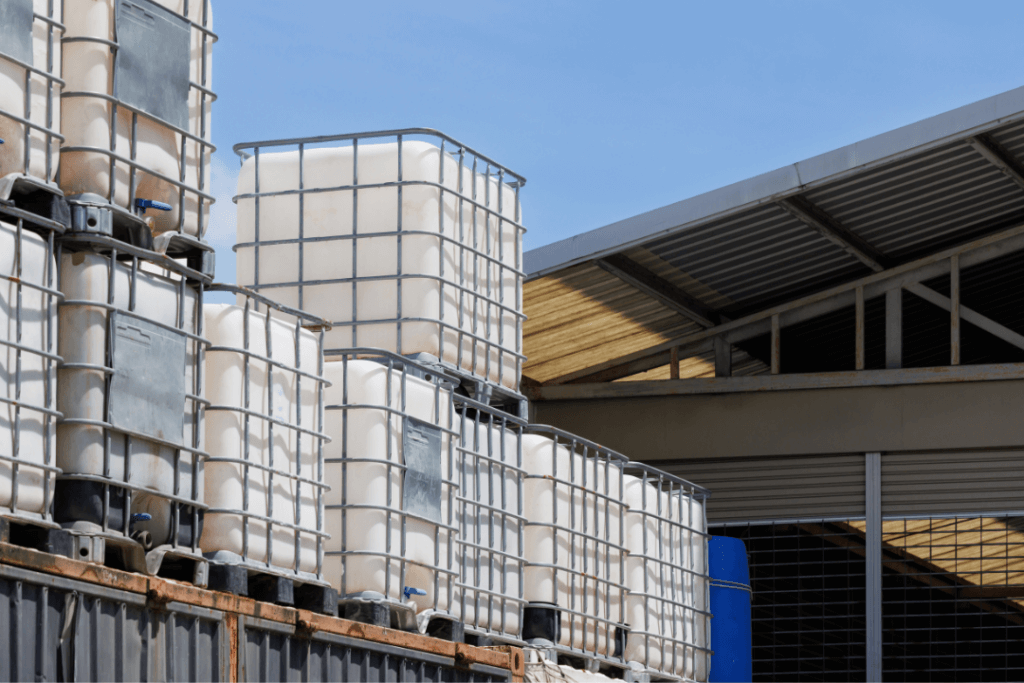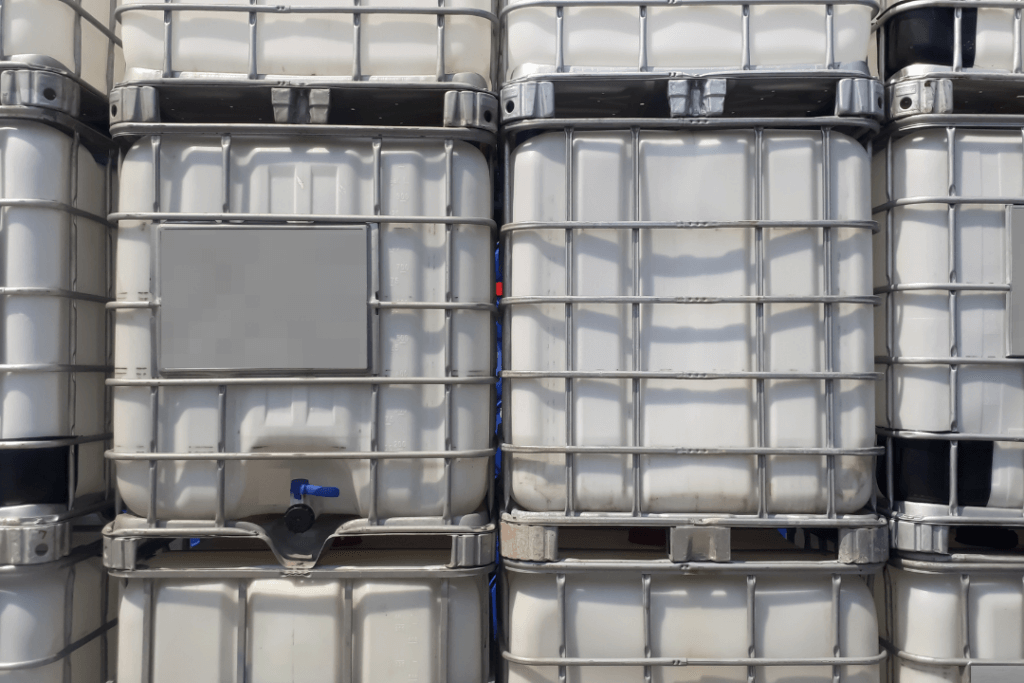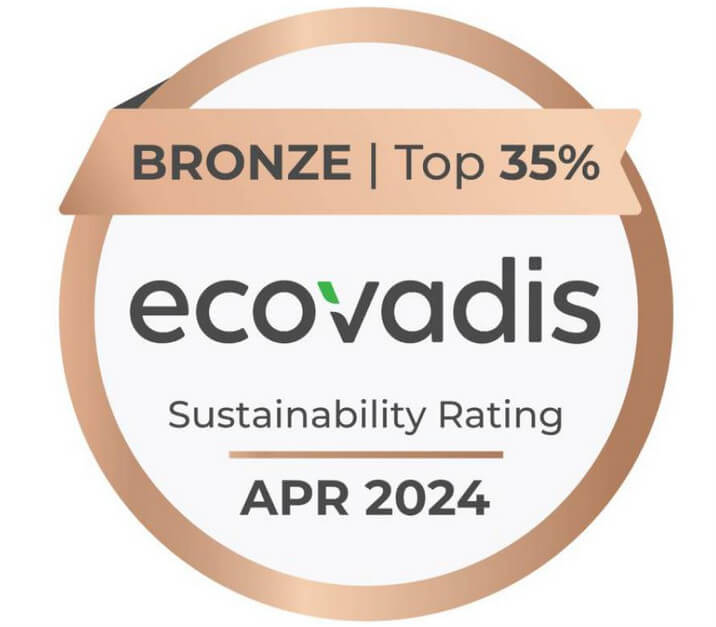
A Package Designer’s Observations about Docket HM-231A
Background of HM-231A
This rulemaking started with a public meeting (June 2007) to discuss the issue of combination packages leaking liquid hazardous materials in air shipments. The concern was based on incident data that was gathered
over the previous decade, and analyzed and presented to demonstrate valid concern and a cause for rulemaking activity. In addition, package testing done at the behest of the FAA indicated that particular attributes of the air shipping environment may have been the cause of this elevated failure rate. It was postulated that a combination of external depressurization and vibration during air transport was causing package failures that were unpredictable with the package testing regime in the regulations as written, and how they were manifested in practice in the industry.
A lack of granularity and scaling in the incident data, and some procedural shortcomings of the lab experiments left some valid doubts about both the extent of the problem and the risks involved as well as the form of the solution.
Proposed changes in the NPRM (Notice of Proposed Rulemaking)
In July 2008, PHMSA issued an ANPRM (Advanced Notice of Proposed Rulemaking) seeking comments on changes to the HMR with respect to the shipments of combination packages by air. Then in May of 2010, PHMSA published an NPRM (HM-231A) to propose changes to the Hazardous Materials Regulations (HMR) on this topic. In this NPRM, the proposed changes focused on:
- Layered containment strategy: Design requirements for combination packagings, primarily the inclusion of a “secondary means of closure” or a secondary means of containment (package liners) when secondary closure was not possible. Including the requirement for a rigid secondary means of containment for PG I liquids.
- Mandated testing: Require testing of inner containers to ascertain pressure differential capability.
Various types of specific test procedures were proposed to be incorporated into the regulations to meet the capability standard referenced in 49 CFR 173.27(c). - Determination of minimum pressure capability: PHMSA proposed a simplified protocol for the determination of the minimum pressure differential capability required of inner packagings than is
currently found in 49 CFR 173.27(c)(2)(ii). This was based on work done by Germany at BAM.
In the final rule, only proposed changes from item one (1) above were adopted.
Item three (3) was not addressed at all. Perhaps it was decided to pursue this at the UN level and not try to lead here. I certainly hope a satisfactory and simpler method for determination of required pressure differential capability can be agreed upon and implemented. In this case, it is sorely needed.
Item two (2)was not adopted, but in the discussion of the rule it was mentioned that further data gathering and testing would be pursued and this issue would be assessed in “a broader context” at a future date.
ICAO Packing Instruction Reformatting: Secondary closure and/or secondary containment and absorbents.
While PHMSA was formulating the HM-231A NPRM, the ICAO Dangerous Goods Panel announced the completion of the reformatting of the packing instructions in the ICAO Technical Instructions (ICAO TI). It was in this reformatting process that substantive changes in the general packing requirements, in addition to the reformatting of the specific packaging requirements, were made.
Among these changes was the introduction of a general packaging requirement that…”for liquid substances, closures must be held securely, tightly and effectively in place by secondary means. Examples of such methods include: Adhesive tape, friction sleeves, welding or soldering, positive locking wires, locking rings, induction heat seals and child resistant closures. When secondary means of closure cannot be applied to an inner packaging containing liquids, the inner packaging must be securely closed and placed in a leakproof liner and then placed in an outer packaging.” [See: ICAO TI 4-1.1.4.1] It was later clarified that this section applied only to inner packagings of combination packages—not to single packages. This represented an extension and expansion of the older “positive means of closure” required for friction-type closures to all closure types.
The reformatted ICAO packing instructions also removed the general requirement for absorbent materials and liner bags in combination packages. It was replaced with a requirement for absorbent materials and a rigid intermediate form of containment in all packing instructions for Packing Group I liquids and in some particular packing instructions for other materials.
When PHMSA published its biannual harmonization rulemaking in January of 2011 (HM-215K), it incorporated the ICAO layered containment strategy (secondary closure/containment) for limited quantity packages. However, the HM-215K final rule specifically did not adopt the revised ICAO inner packaging closure requirements for specification packagings or the modified ICAO absorbent materials regulations into 49 CFR 173.27, leaving these issues to be dealt with in the HM-231A final rule.
What was adopted in the final rule?
In the end, when PHMSA issued the HM-231A final rule on April 16, 2012, it implemented a more complete harmonization of 49 CFR 173.27 with the ICAO TI. The changes in the general packaging requirements for air shipments, as prescribed in modifications to 49 CFR 173.27, paragraphs (d) and (e), are as follows:
- Liquid hazardous materials of PG I in Classes 3, 4 or 8 and Divisions 5.1 or 6.1, in combination packages, will require: A secondary means of closure applied to the receptacle or inner packaging; with the receptacle then packed inside a rigid and leakproof receptacle or intermediate packaging with sufficient, non-reactive absorbent (inside the rigid leakproof intermediate packaging) to absorb
the entire liquid contents of the package. - Liquid hazardous materials of PG II and III, in combination packages, will require: A secondary means of closure applied to the receptacle or inner packaging or, “when a secondary means of closure cannot be applied or is impracticable to apply to an inner packaging containing liquids, this requirement may be satisfied by securely closing the inner packaging and placing it in a leakproof liner or bag before placing the inner container in its outer packaging.”
Note that the language prescribing the use of secondary containment instead of secondary closure (for PG II and III materials) appears to be more permissive of shipper judgment in the language adopted by PHMSA than that in the ICAO TI. PHMSA noted in the rule discussion that secondary containment is a form of secondary closure that may be used when other forms are deemed “impractical” by the shipper. ICAO uses stronger language allowing secondary containment when secondary closure “cannot be applied.”
While PHMSA may have intended a more flexible regulatory construct as explained in the discussion of the final rule, when they used the word “impracticable” instead of “impractical” in the rule, it seems more a redundancy of “cannot be applied” than an expansion in criteria for making the decision. Impracticable means cannot be done, while impractical means “not advisable”. This may be a distinction without a large practical difference, but it is worrisome in the reality of an aggressive enforcement environment where such judgments are routinely questioned. Clarification here would be helpful: May shippers use a secondary means of containment instead of a secondary means of closure if they deem it more practical for their packaging program? Or must they demonstrate first that an effective means of secondary closure is not available for the inner packaging?
It is also important to remember that these are general packaging requirements that may be modified by Special Provisions in Column 7 of the HMT for any particular material entry. Column 7 prescriptions override these general requirements. PHMSA also noted in the discussion of the final rule that combination packaging designs that are tested with absorbent material used as cushioning in the design type, would still require the use of that cushion in accordance with the manufacturer’s closing instructions. It also pointed out that the addition of a liner bag, as secondary containment, that did not affect the assembly of the packaging in conformance with the closing instructions, would not be considered “different” and would not require retesting.
PHMSA also adopted the same indicative list of secondary closure types as found in the ICAO TI, but without elaborating any defining underlying functional criteria. This engendered another interesting comment in the preamble discussion to this final rule. The idea was stated that the indicative list of secondary closure means is not intended to be exhaustive. Certain “closures of high integrity” may well meet this requirement without any additional physical features contained in the indicative list. This, while sensible, demonstrates the engineering incoherence of “secondary closure” as adopted by ICAO and PHMSA given the examples in the indicative list. It is to be hoped that the interpretive wrangling this will engender over time will refine the idea of “secondary closure” in a way that would benefit closure designers and packaging engineers in understanding what physical functions must be performed by this prescribed feature to meet the intention of the regulation. After listening to a member of the ICAO DGP discuss this idea at a conference, I suspect the ICAO DGP does not have a closure designer on the Panel. I still cannot figure out how a child resistant closure could be seen as meeting any coherent idea of “secondary closure” or containment that has anything to do with the causes of leakage in air shipments.
Implementation
Voluntary compliance is effective May 16, 2012, with an effective mandatory date of July 1, 2012. PHMSA reasons that since these requirements already exist in the ICAO TI as of January 1, 2011, most shippers have implemented
them; hence there is no need for industry adjustment through a lengthened transition.
Conclusion
I am somewhat disappointed in the implemented “solution” to the problem of leaking combination packages aboard aircraft. If the root cause of the problem is external depressurization of liquid filled packages, as stated in the genesis of the rulemaking, then the adoption of some form of required test to demonstrate pressure differential capability would do more to reduce the likelihood of leakage in air shipments. In the package testing world, there was much discussion concerning whether the hydrostatic pressure test was sufficiently reflective of the realities of current air shipping environments for it to be used as a proper means of evaluating pressure differential capability, or would another more complex test protocol be required to simulate air shipments.
The standard hydrostatic test method (49 CFR 178.605) has served well in the world of single packagings. After all, there is no current regulatory concern about single packages containing liquids leaking aboard cargo aircraft due to external depressurization during flights. It is a widely available and relatively inexpensive test and would quickly identify inner packagings likely to leak during air shipments. Closure enhancements, such as those identified in the indicative list in the regulations would then be vetted against their ability to solve a real identified problem: preventing the leakage of liquid from the packaging resulting from internal pressure. It would quickly become apparent and common knowledge which secondary means of closure are “effective”; they would be the ones that could enhance the performance of the containers in the tests.
The ICAO TI already states that the pressure differential capability of inner packagings containing liquids “should” be demonstrated by means of a test. It would have been much simpler and more direct to just let package performance determine capability, rather than inserting the rather arcane “idea” of a secondary means of closure.
About the Publication:
This rule interpretation was originally featured in the May/June issue of The Journal of HAZMAT Transportation and reprinted with permission for Safe Packaging Matters. HAZMAT Transportation is the technical journal of choice for U.S. and International shippers of hazardous materials. To subscribe or view recent issue summaries at:
Safe Packaging Matters is published to advise and educate shippers of hazardous materials regarding important changes in the regulations that could potentially affect compliance.
About the Author:
Lonnie Jaycox is a Performance Oriented Packaging engineer for HAZPlus® – the division of C.L. Smith Company that designs, manufactures, tests and certifies hazardous materials packaging. Lonnie is a member of the IoPP Chemical Packaging Committee, and a representative on the D10 packaging committee of ASTM. He may be contacted at ljaycox@clsmith.com or by phone, 341-771-1202.
About HAZPlus®:
- Turn-Key Services – We design, test and certify Performance Oriented Packaging [Specification Packaging]
- Compliance Confidence – As a packaging manufacturer with an on-site UN/ISTA certified Package Testing Lab, we
stand behind our testing, UN certification and production quality control. - Choice & Flexibility – We offer a variety of custom and stock packaging options offering the most economical alternative to suit your situation.
- Regulatory/Packaging Expertise – Our team of Hazardous Materials packaging specialists can answer all your
questions, and guide you successfully through the maze of regulations to achieve compliance.







Leave a Reply
You must be logged in to post a comment.